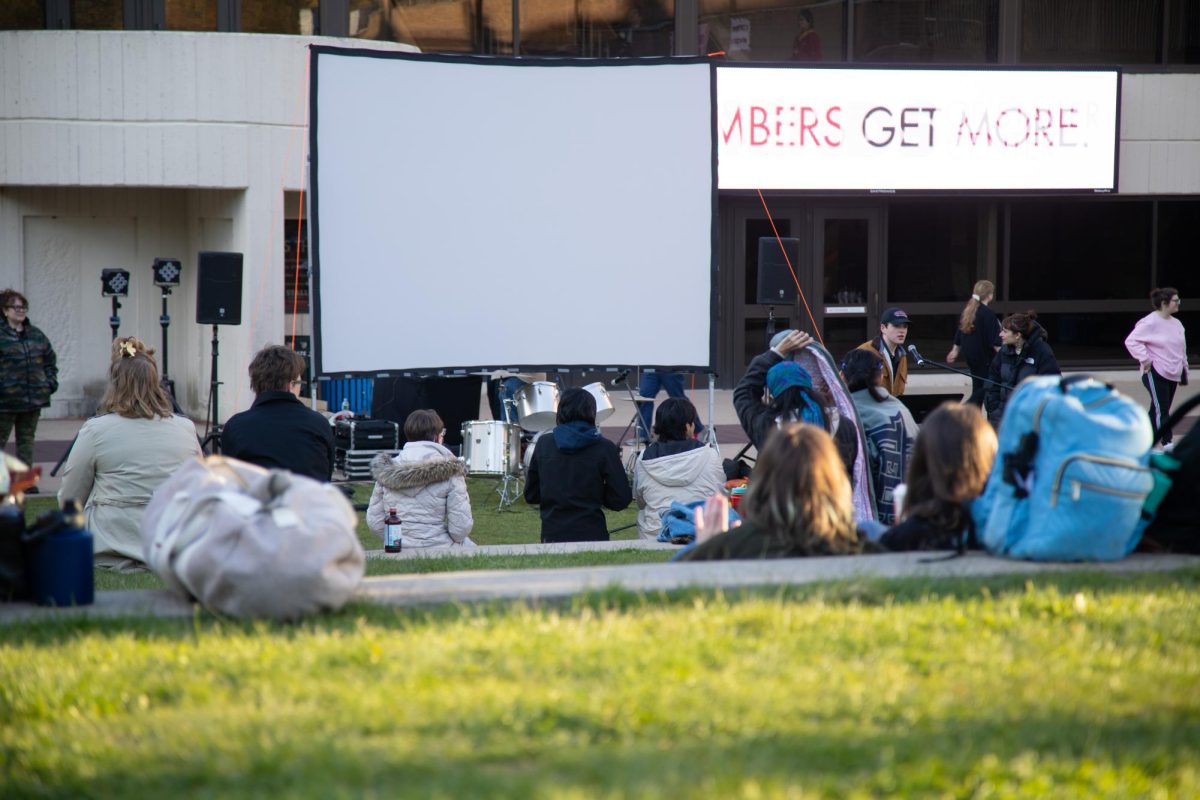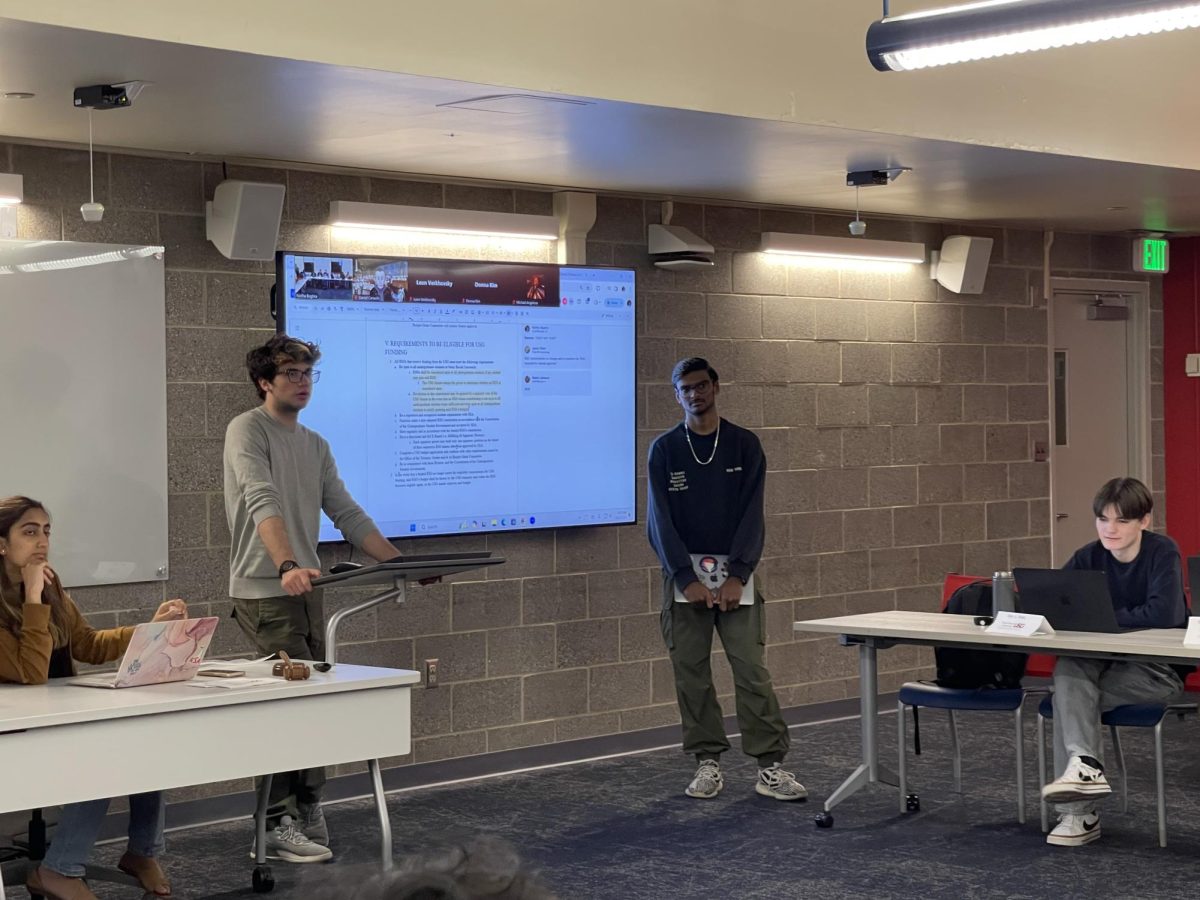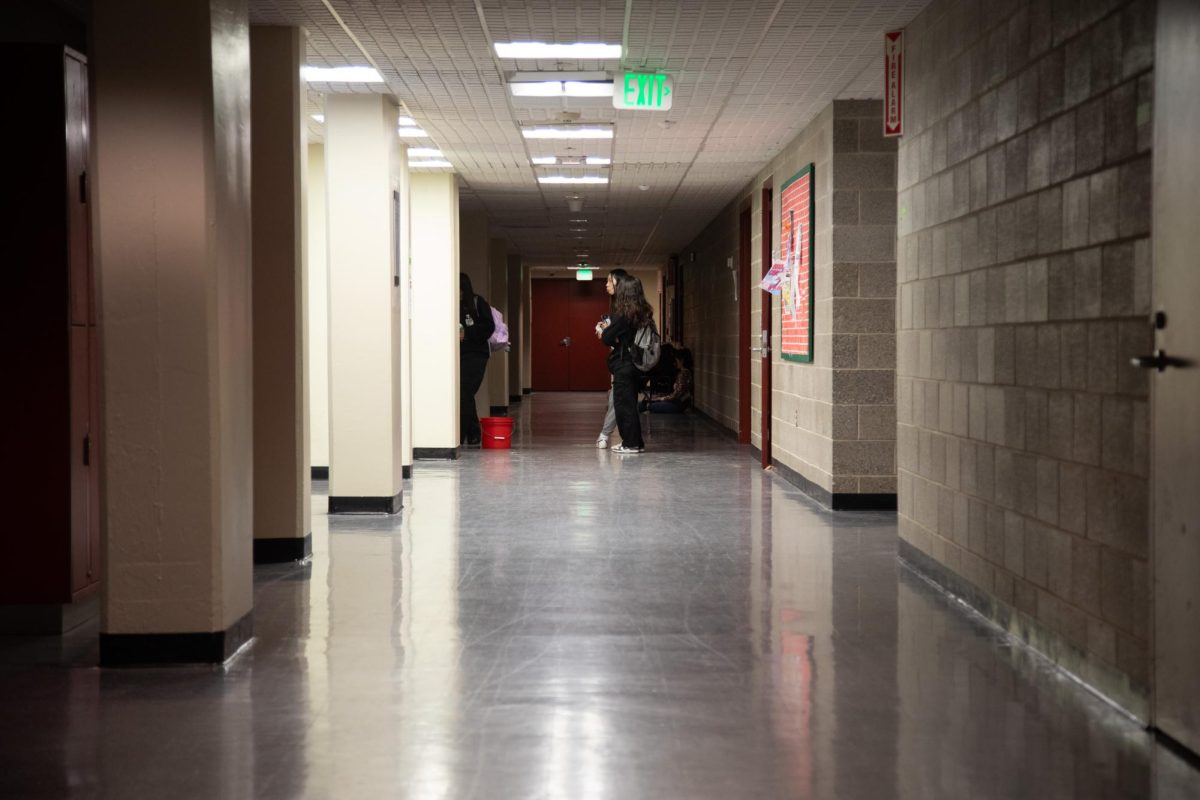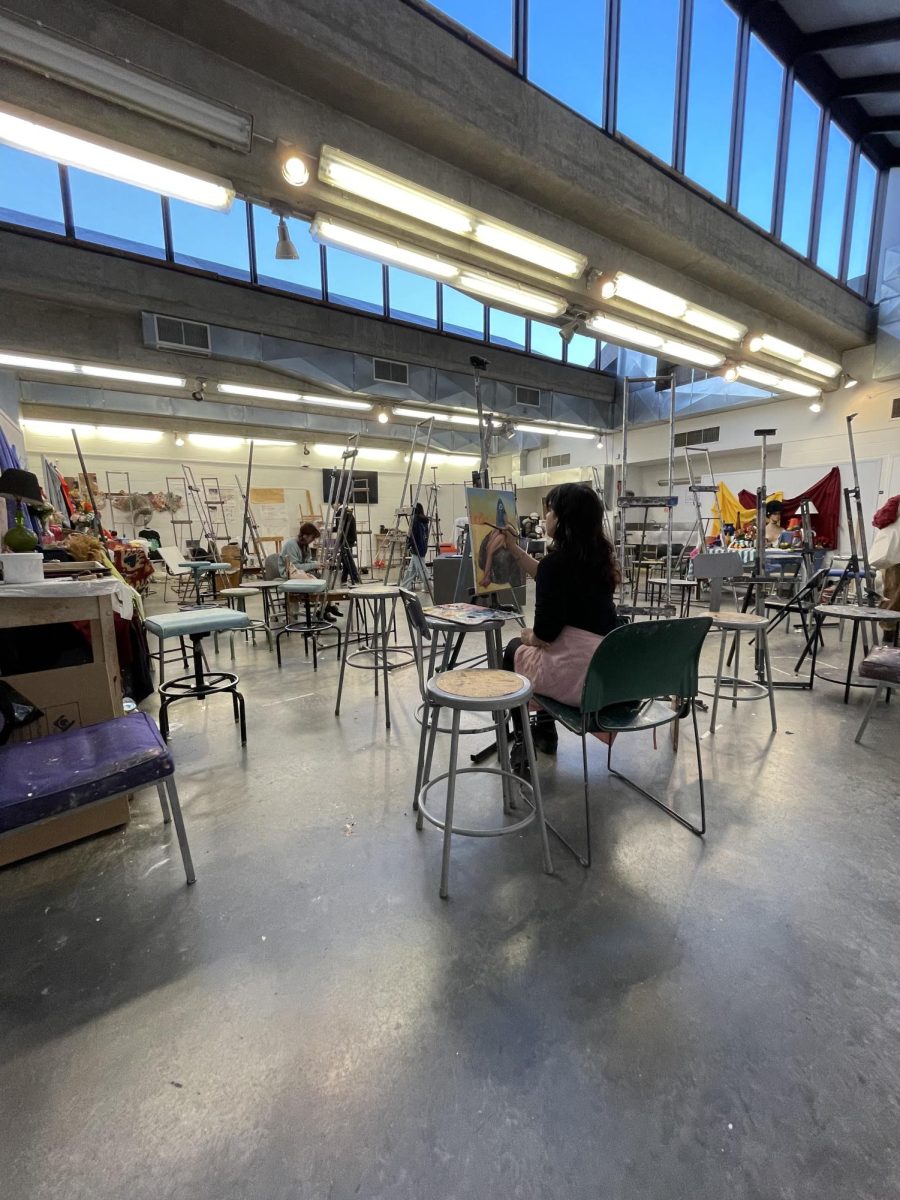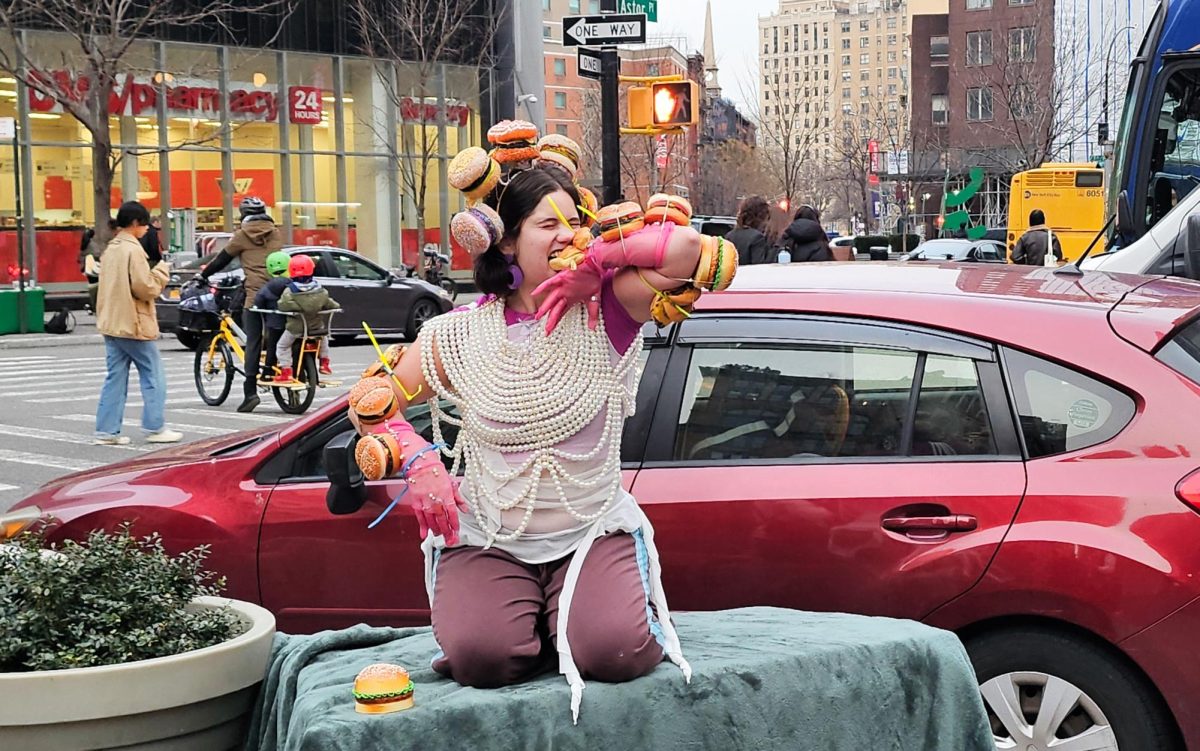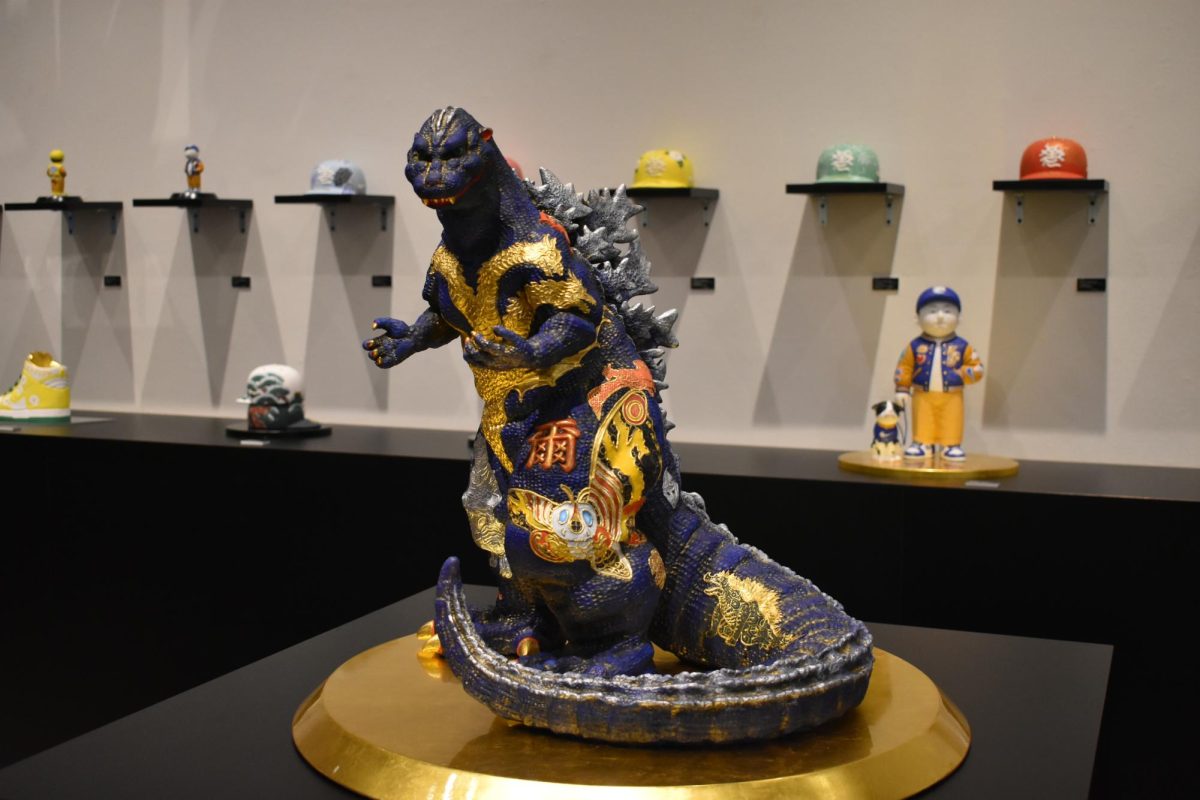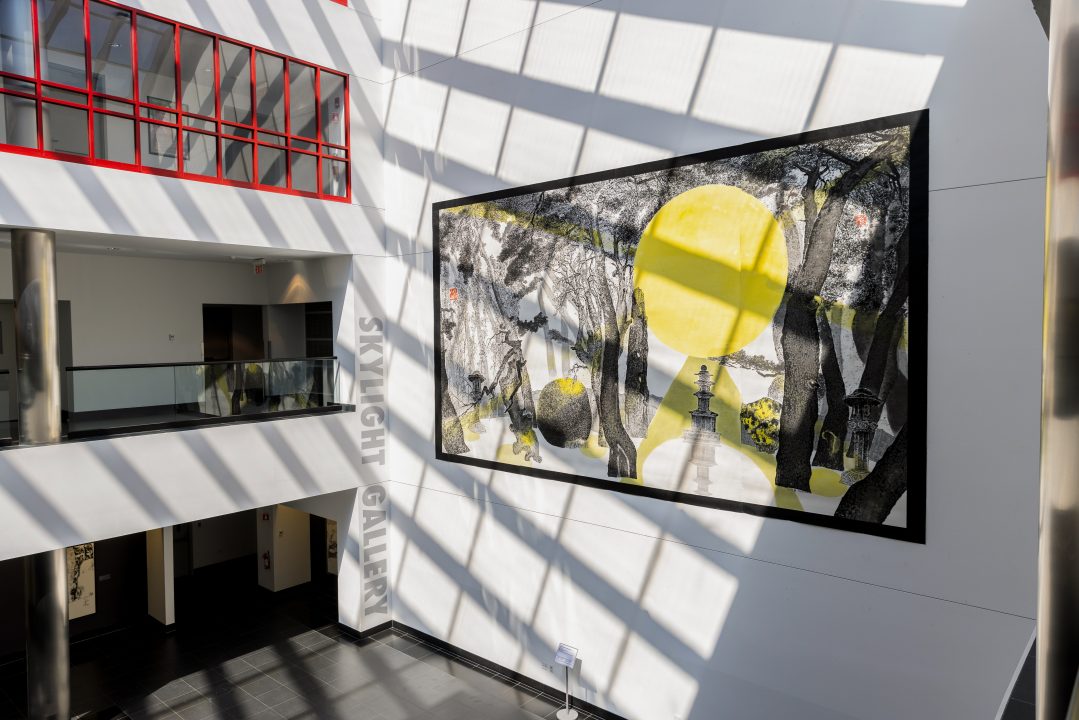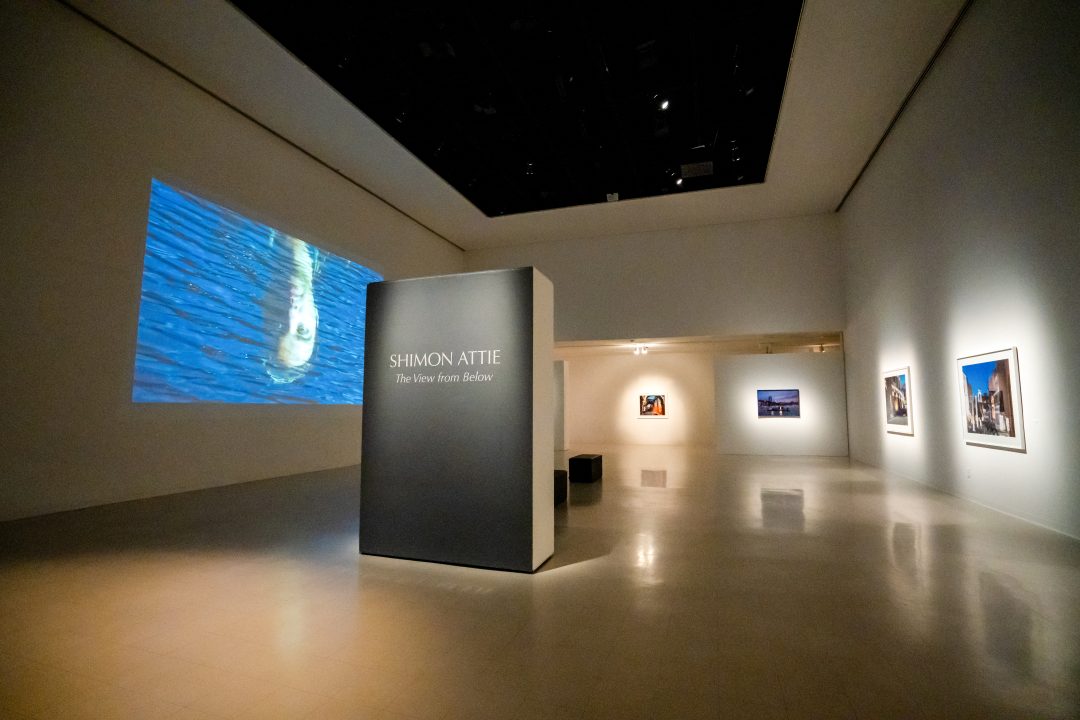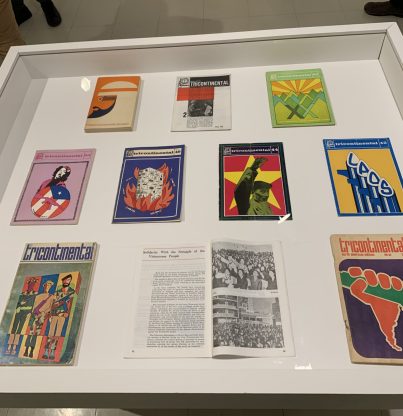
The Paul W. Zuccaire Gallery debuted its latest exhibition, “Printing Solidarity: Tricontinental Graphics from Cuba” on Dec. 1.
Visitors can now see “Printing Solidarity: Tricontinental Graphics from Cuba,” the latest exhibition on display at the Paul W. Zuccaire Gallery. This exhibition features a plethora of printed images from the 1960s to the ‘70s by the Organization of Solidarity with the Peoples of Asia, Africa and Latin America (OSPAAAL). The Zuccaire Gallery also provided a playlist for viewers to enjoy while walking through the exhibition and encourages all to visit this latest curation.
The cultural organization of designers and artists founded in 1966 in Havana, Cuba features over 50 archival posters and magazines with strikingly colorful geometric designs. These posters offer viewers a look into the revolutionary aesthetics and agenda of the time.
To celebrate the exhibit’s opening, the Zuccaire Gallery invited guest lecturer Scott Starrett to speak to his knowledge and experience as a graphic designer. Starrett is best known for his work for the Alexandria Ocasio-Cortez campaign, Black Lives Matter Movement and Sunrise Movement.
Regarding Rep. Ocasio-Cortez’s campaign poster, Starrett said that its creation was a somewhat collaborative effort. Ocasio-Cortez wanted to showcase her roots, use her full name and bring in colors from Brand New Congress. Starrett described purple, coming from Brand New Congress, as a way to blend the traditional party colors of blue and red. Yellow was included as a reference to the iconic Rosie the Riveter and the eagle’s talons on the congressional seal.
Starrett went on to remind the audience of the important use of history in his work. He draws from past movements like United Farm Workers and Workers Progress Administration, using his art to engage conversations about important change. One recent way that he displayed this was when he produced a poster to raise support of the Green New Deal. The design he chose was ridiculed by some media outlets due to the consequential similarity to a Stalin Statue. Critics from Twitter argue that it was a nod to the effectiveness of Russian propaganda, however that was not the intent.
Starrett elaborated that his inspiration actually derived from the Bronx Victory Memorial, honoring World War I veterans. This is the same statue that Nike got their branding image from. He concluded that using art and design has always been a way to showcase information to the public. “The exclusion of information is as formative to the production and dissemination of history as its inclusion. History is designed, and so history is curated,” Starrett said.
His lecture left the visitors with a new perspective of how geometric displays of color can be a medium to voice cries for change. The dynamic posters that Starrett spoke of can now be seen at the Zuccaire Gallery until Feb. 26, 2022.



